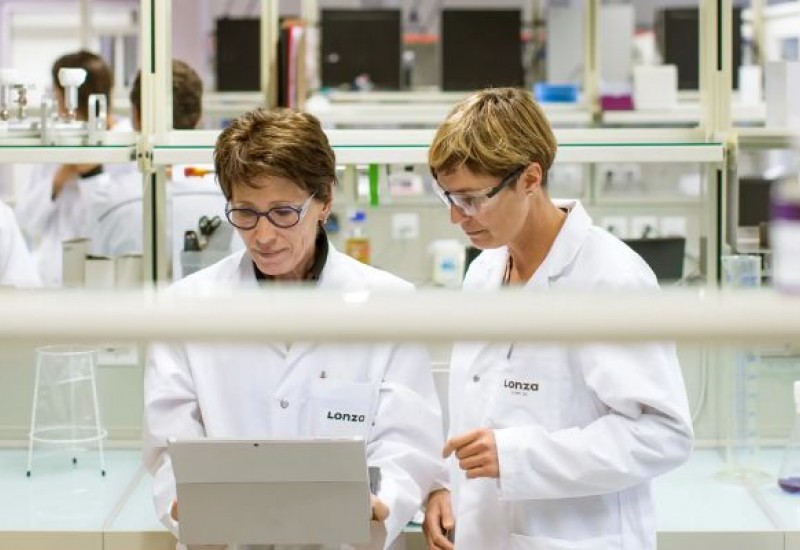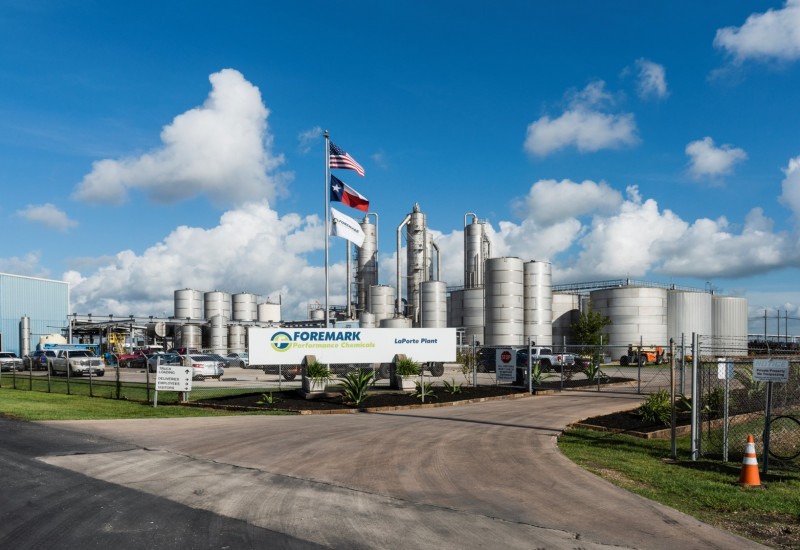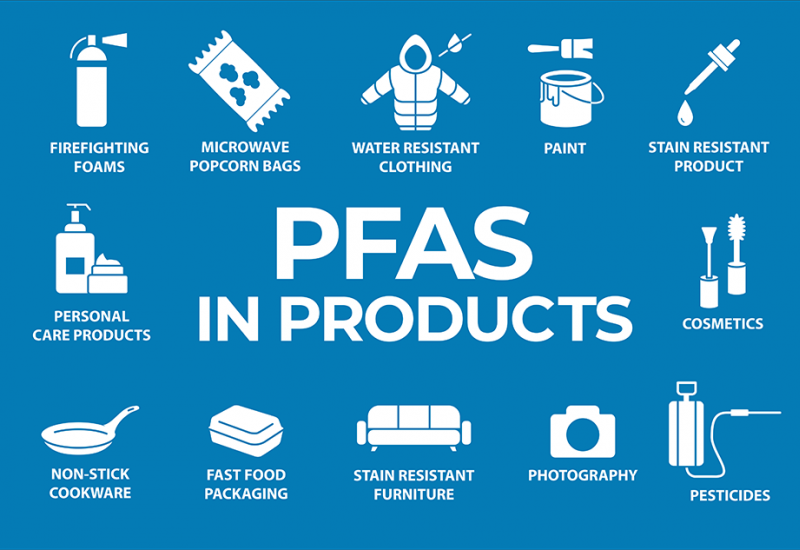Feature article - How Big Data & the IoT are revamping the chemical industry
Chloe Kirby of Blue Label Labs discusses how two new digital technologies are changing our industry
Like many others, the chemical industry is facing a slew of challenges in 2021 and beyond. Apart from the post-pandemic recovery, to which every industry is adjusting, chemical companies are seeking a better way forward as everyone rethinks business practices and operations. A major shift is occurring to manufacturing and production in the chemical industry and others adjacent.
As a new emphasis on environmental impacts begins to shift the way companies approach customer demand and evolving costs, digital transformation is proving to be a major force in positive and industry-defining change. From new innovations that improve plant operations to enhanced efficiency and environmental consciousness thanks to advanced technologies, Big Data and the Internet of Things (IoT) are changing the chemical industry for the better. Here are some of the most impactful reasons a revamp of the industry is coming at the perfect time.
Where do Big Data and IoT fit?
Big Data and the IoT are forces that lead digital transformation in companies in all industries. The increased role technology plays in the chemical industry in particular is leading to major changes in how we view innovations, regulations and even production strategies.
The IoT is helping chemical companies enhance their offerings by fitting Big Data right in the heart of operations. By using technology to monitor everything from devices used in the production line to the way we train professionals in the field more closely and accurately, it is improving major aspects of the job.
For starters, the industry is adapting in real time to the growing changes that occur on both the environmental side and the business side. New regulations to help lessen the environmental toll production of this kind takes are certainly a welcome change. That said, this does complicate how things are normally done. That is where Big Data and the IoT come in.
New values and approaches to chemical production are shifting the industry to embrace innovation and simultaneously improve the way things are done. Investments in the IoT within the chemical industry are expected to grow to nearly $80 billion by 2024. That is because of the profound impact these tools are having on the companies central to the industry.
By using automation to put technology right in the heart of the chemical processes central to these companies, teams are able to use their human capital on more strategic tasks. This increased involvement of technology in the production line also allows for further analysis of how equipment is performing both in terms of efficiency and environmental impact.
Stronger foundation
The IoT also has a role to play in the study of this field and how professionals entering it learn the tricks of the trade. For newcomers to the industry, it is offering a better sense of the foundational study of chemical sciences as well as improvements to the management of materials and manufacturing plants.
Thanks to Big Data, real-time monitoring of performance, quality and inventory make it easier to manage these plants than ever before. Automation helps too, freeing up employees to tackle more critical tasks than taking stock of the logistics of a plant. Money put into using the IoT continues to grow at a rate of nearly 14%/year. The technology and tools can be costly, but the investment pays off in the advanced capabilities that help plants build better practices for management and maintenance.
One thing learned during the COVID-19 pandemic in the world of manufacturing chemicals is that volatility will not dampen as the years go on. Further concern for global issues in an ever-connected market and expansive industry give rise to more variables that can impact development, research, and even customer demand.
To combat the growing uncertainties within chemical companies, the IoT ensures a better use of analytics to build strategic practices that predict for these changes. Simulating variables such as price fluctuation, demand increases and decreases, and even margin concerns allow plants to fully control what they’re up against should a new concern arise.
This might sound preventative and cautious as opposed to necessary, but this is the world we live in. Real-time analysis of these variables comes in handy for customers curious about the future of the chemical industry. On top of the benefits brought to workers at the plants, this increase in readily available information smooths the process of managing the needs of customers, suppliers and investors.
A digital transformation is not coming, as we are often told; it is here already. Whether an individual chemical company chooses to get a head start on the process now could mean huge rewards for the future. Using Big Data and the IoT now in the global recovery era we’re experiencing is the perfect fresh start a company needs to come out ahead in 2021 and beyond.
Contact:
Sarah Donnelly
Community Outreach Coordinator & Content Lead
Blue Label Labs
www.bluelabellabs.net



















